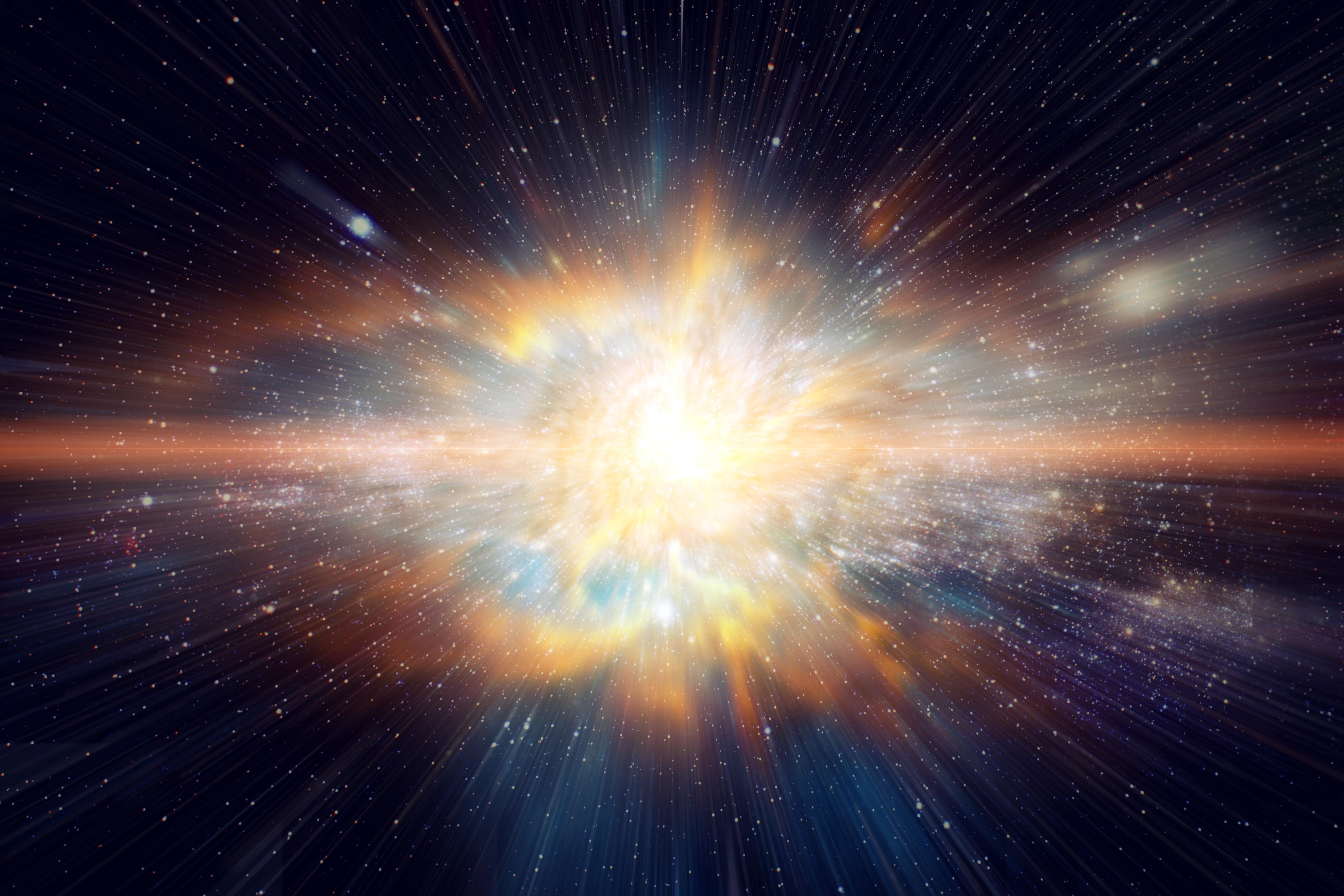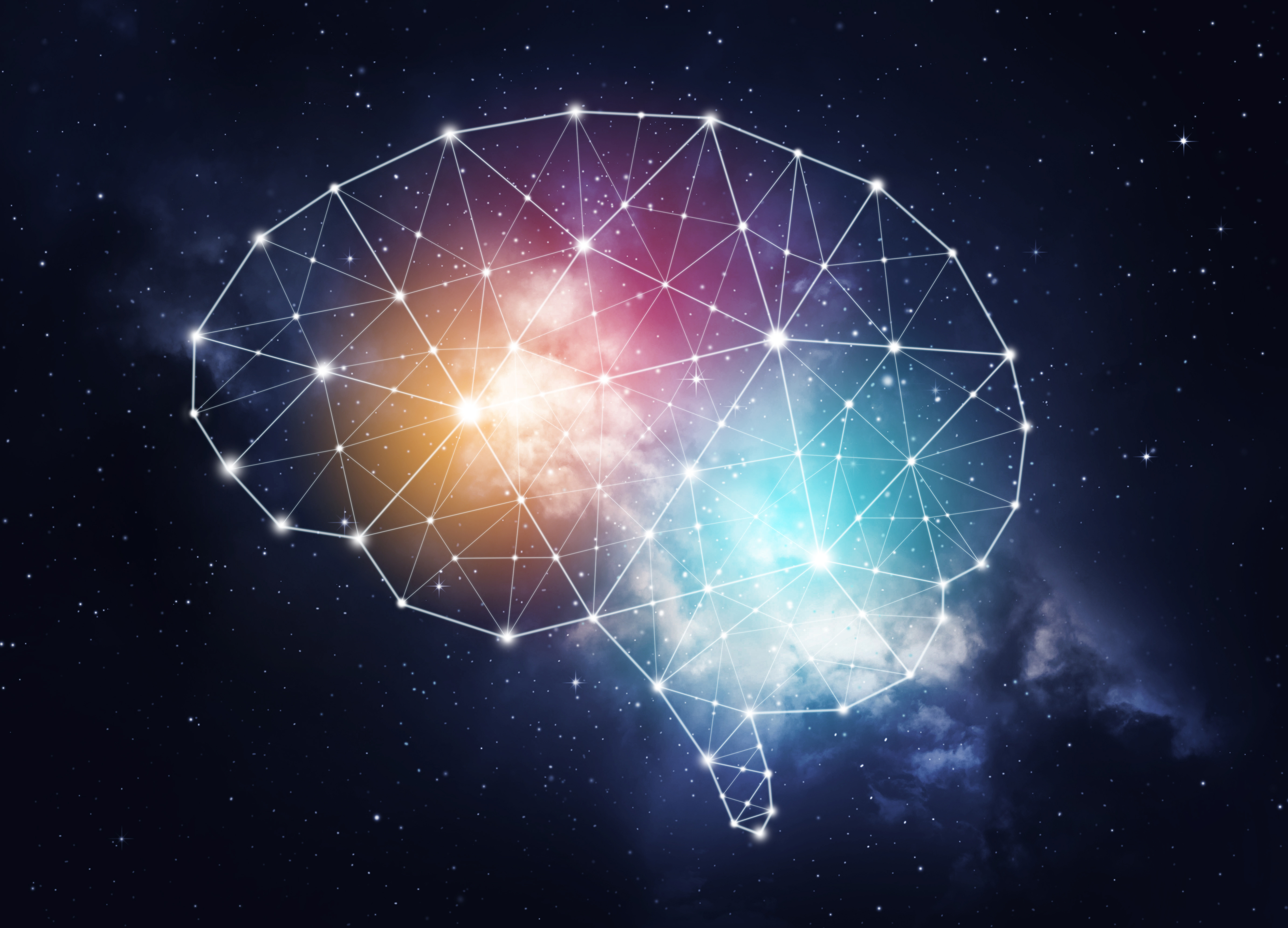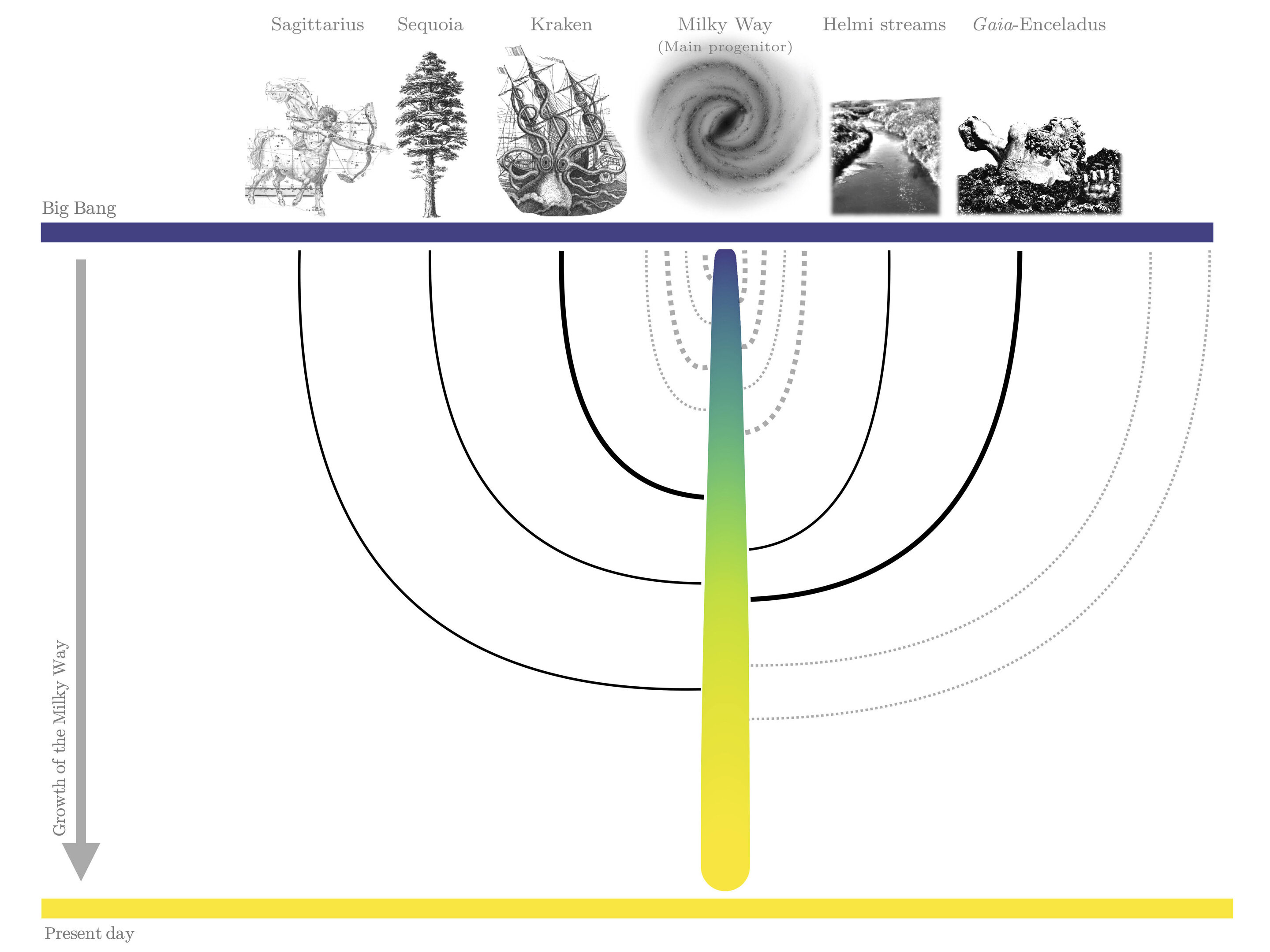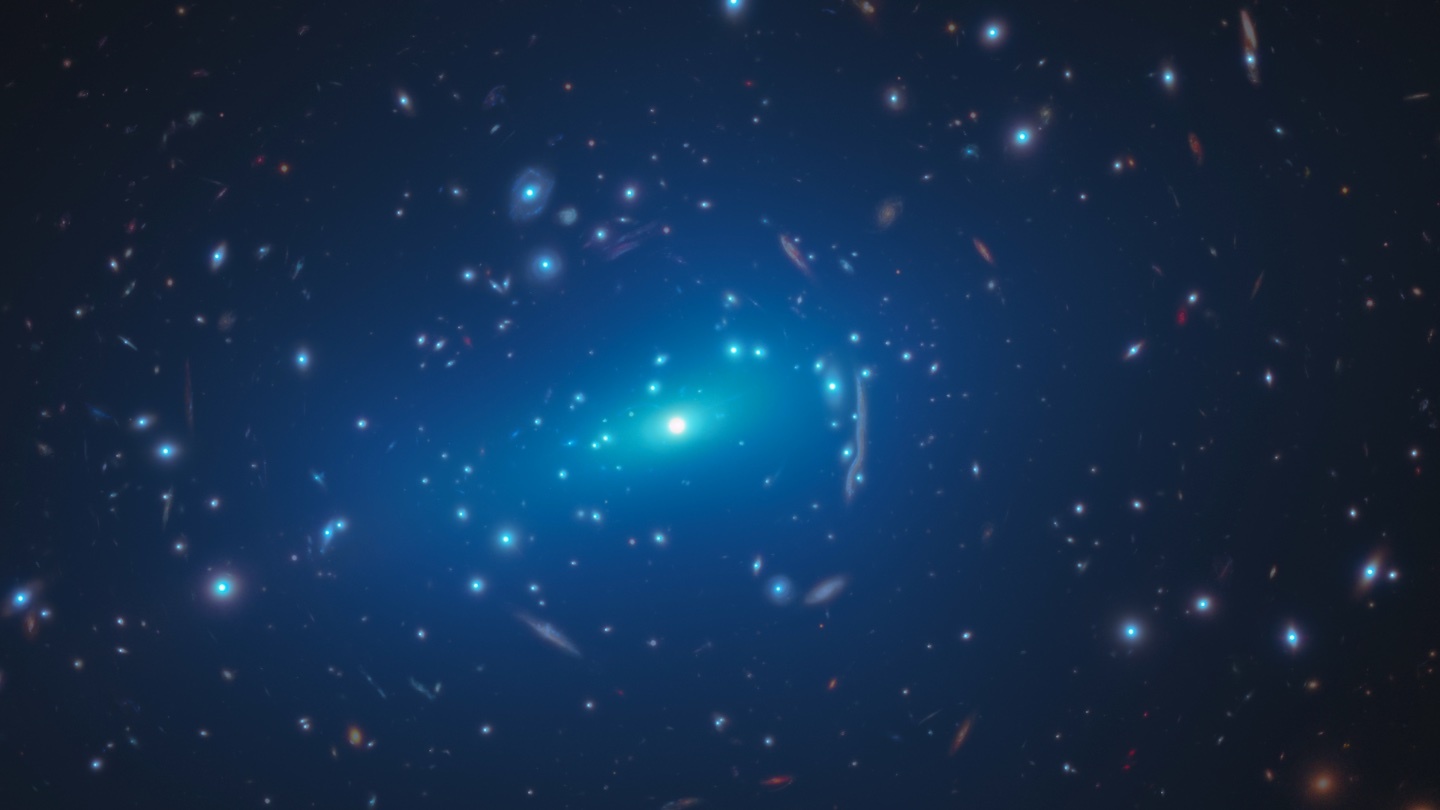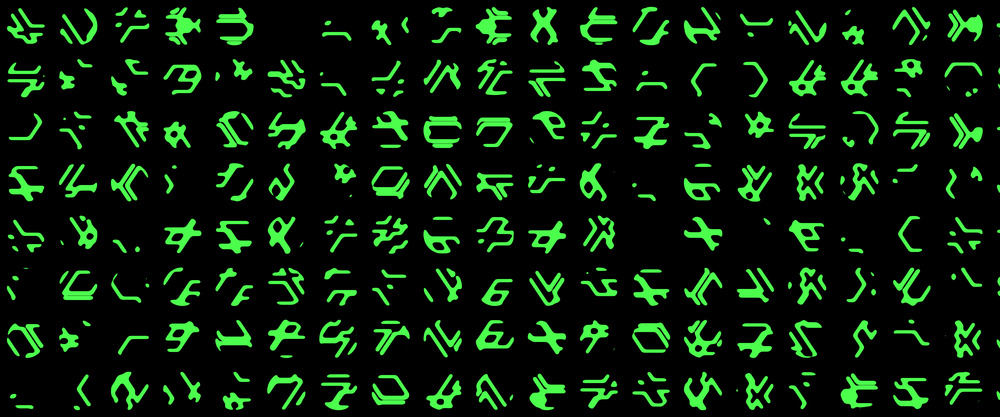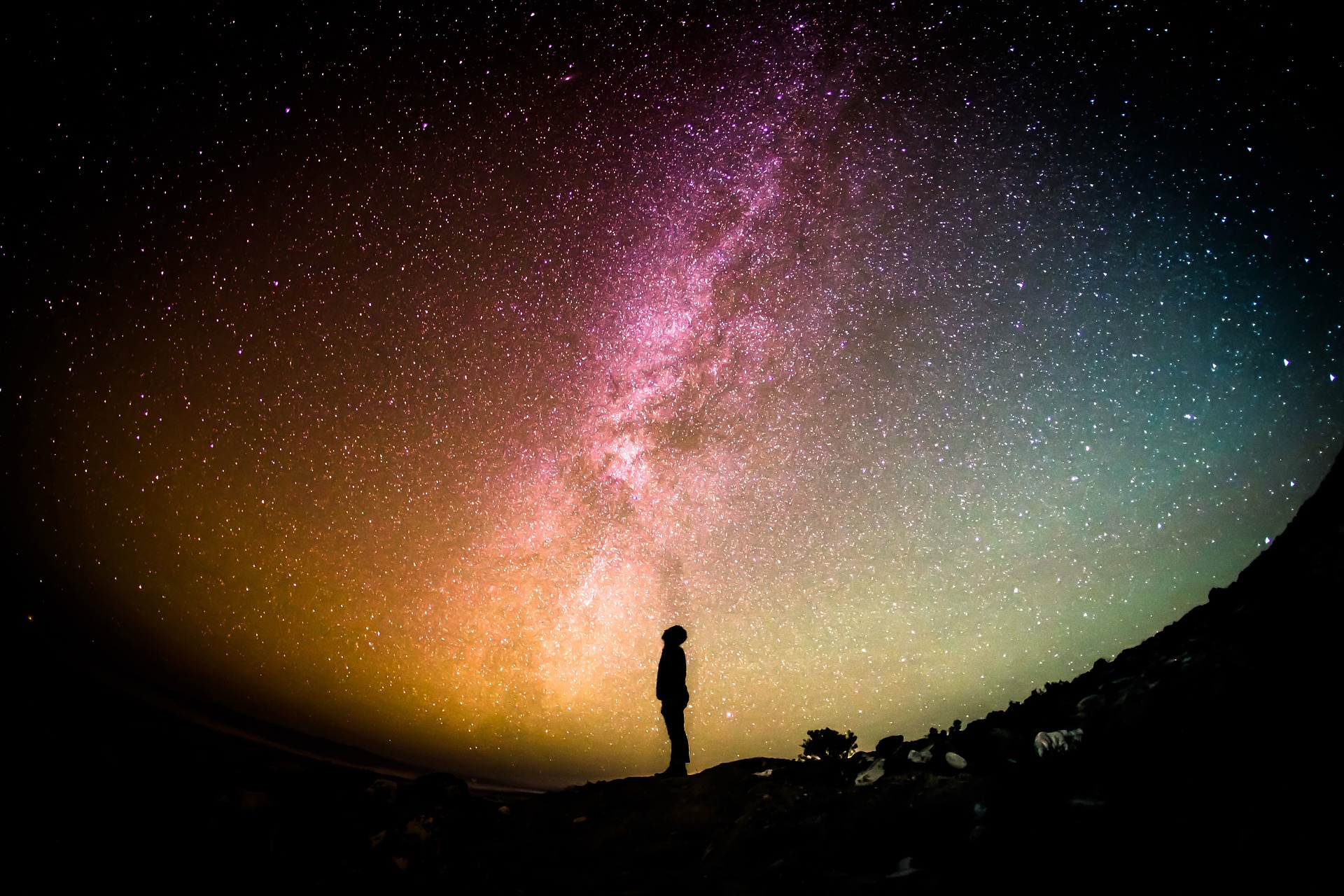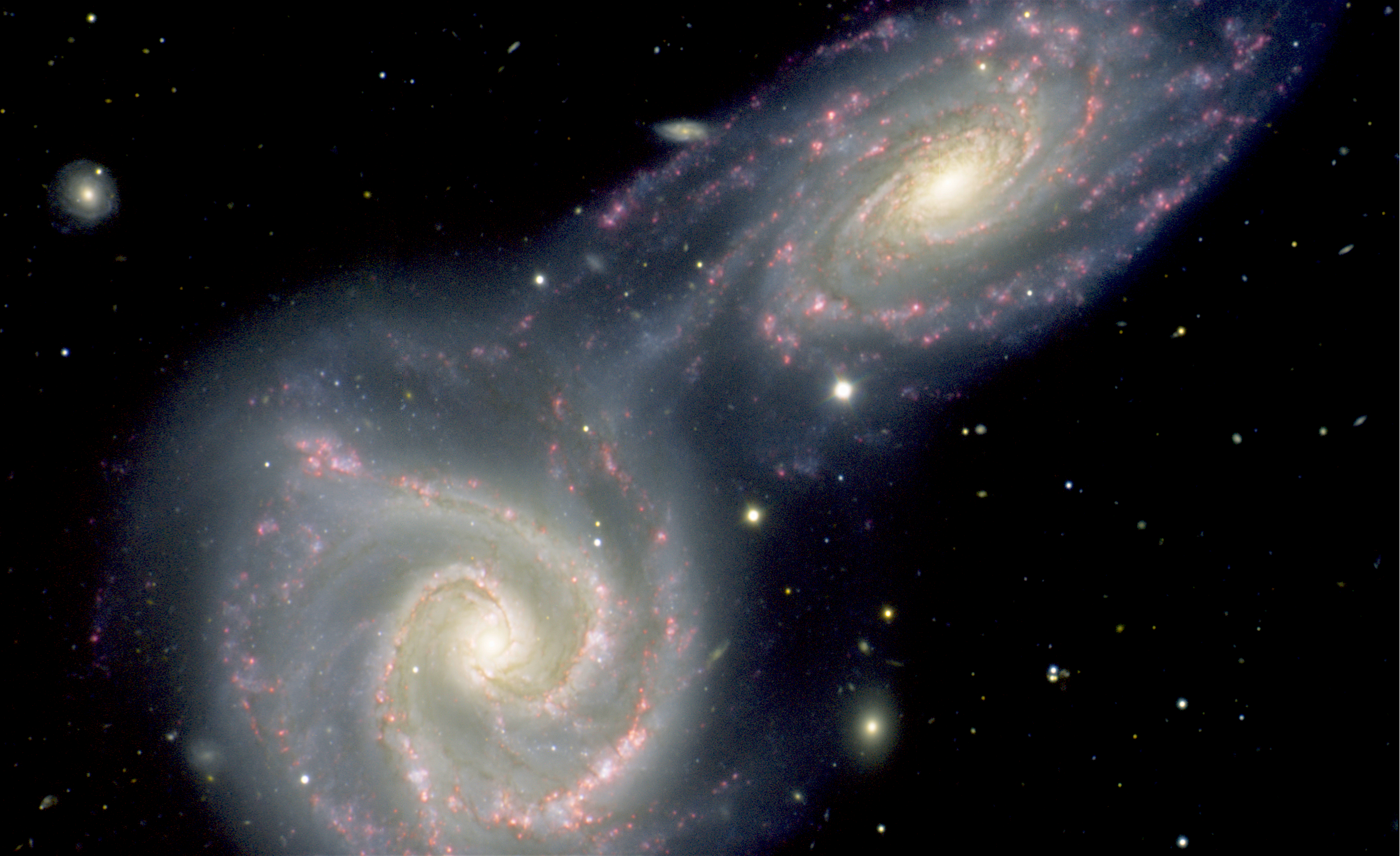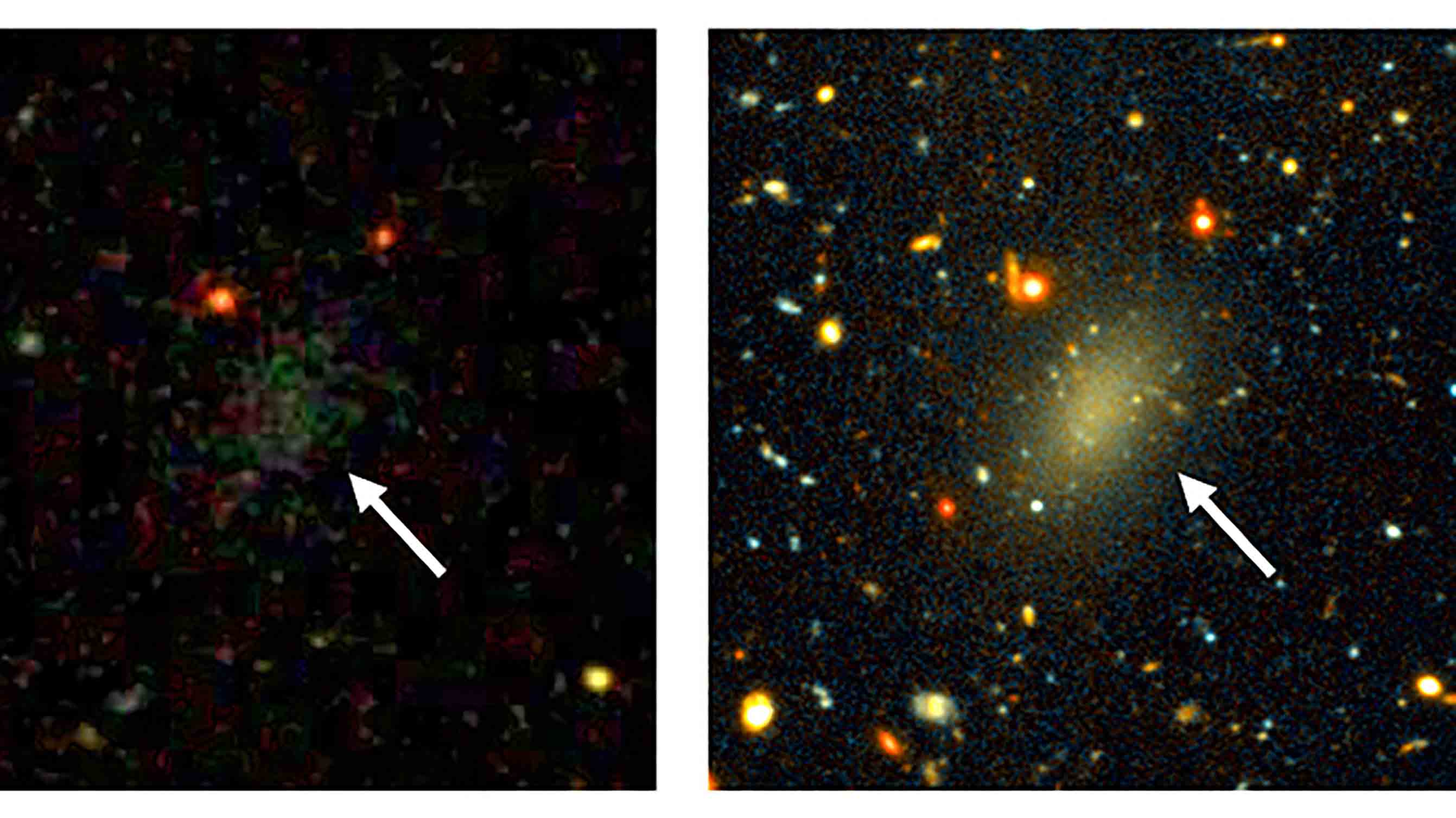galaxy
Determining if the universe is infinite pushes the limits of our knowledge.
A new AI-generated map of dark matter shows previously undiscovered filamentary structures connecting galaxies.
A new study found similarities between the human brain and the cosmic network of galaxies.
A team of astrophysicists used AI to figure out which clusters of stars merged to become our galaxy.
The images and our best computer models don’t agree.
A new study looks at what would happen to human language on a long journey to other star systems.
Northwestern University researchers discover the unexpected origins of half the atoms in our bodies.
Scientists discover unusual galaxies that raise questions about Einstein’s theory of gravity and the existence of dark matter.
Astronomers find a galaxy made almost entirely of dark matter.
